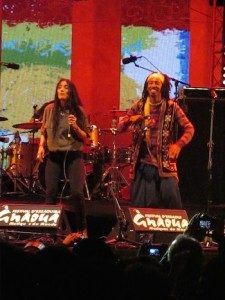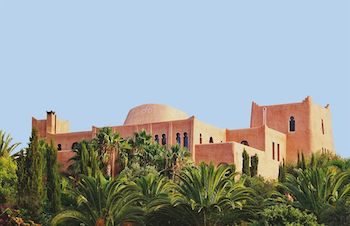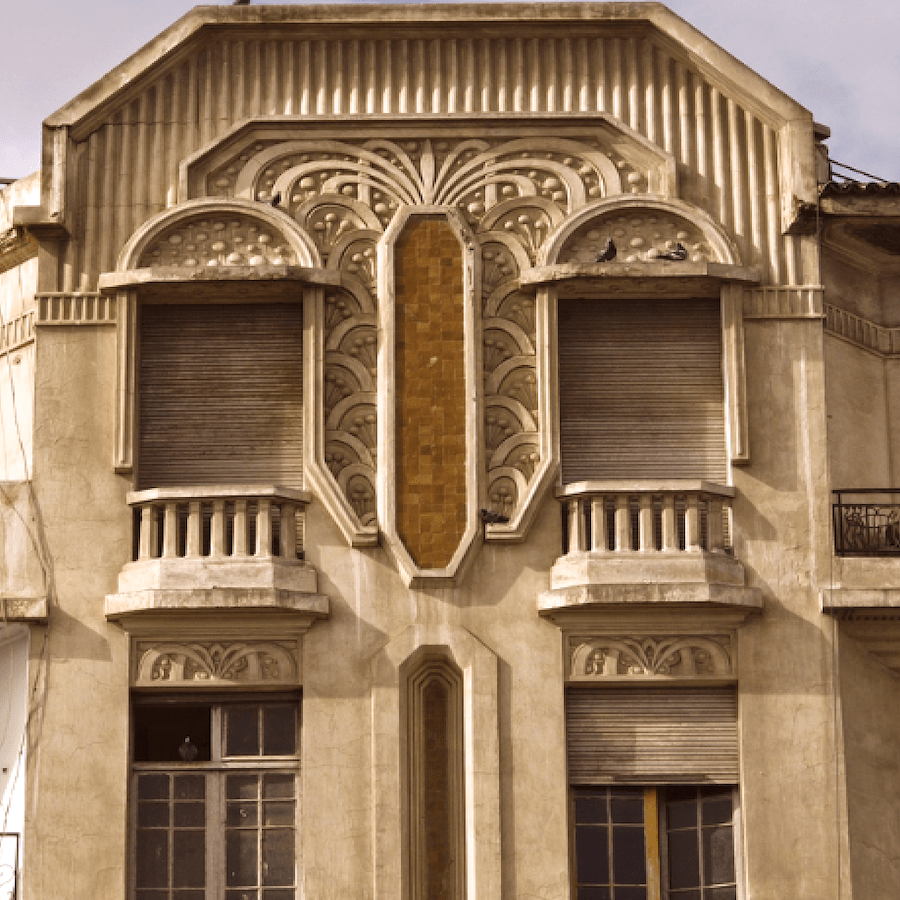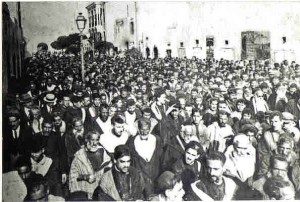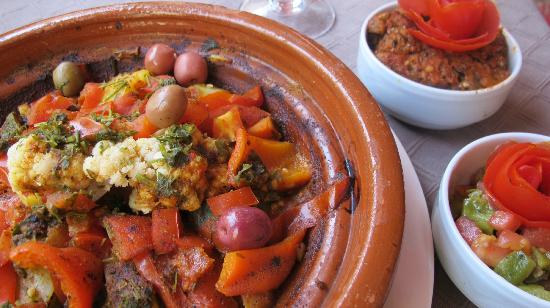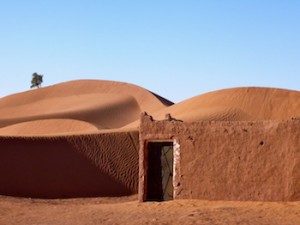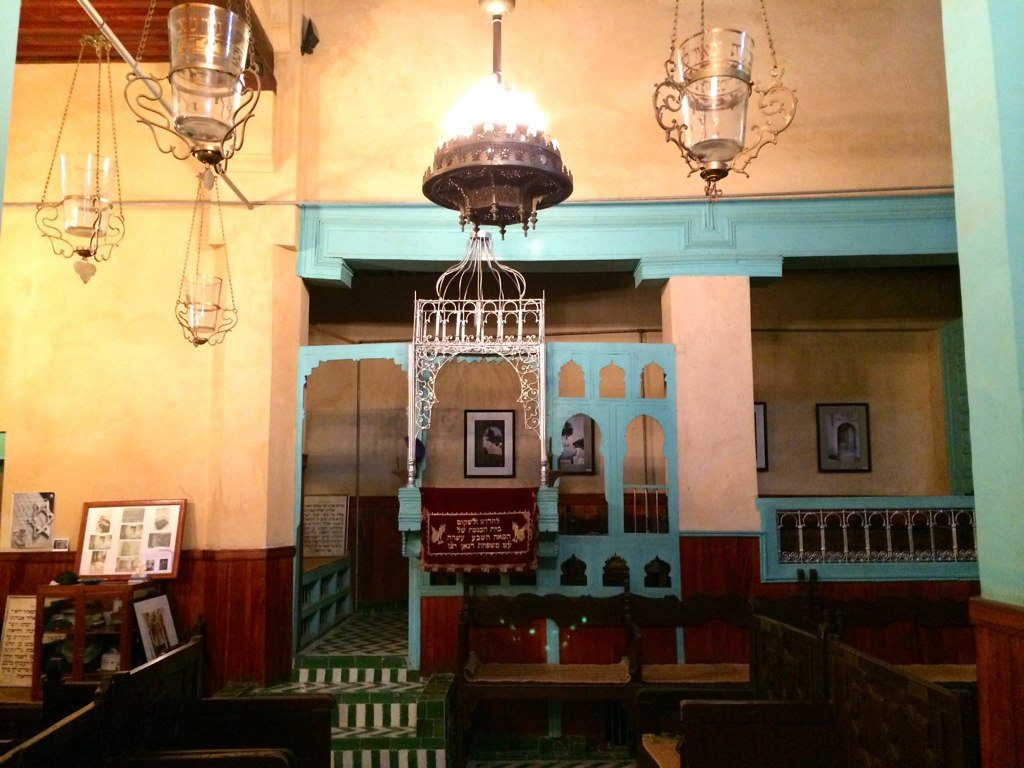The 18th Annual Gnaoua Music Festival took place in Essaouira, on Morocco’s Atlantic Coast from May 14th -17th. Every year, the festival showcases the best of Moroccan Gnaoua musicians and a wide array of Gnaoua and world music. Gnaoua is a musical genre based in Sufi Islamic culture with its roots in sub-Saharan Africa. Moroccan and international artists are also invited to perform, often, in unique fusion concerts alongside Gnaoua groups. One of the most anticipated World Music acts at this year’s festival was Hindi Zahra, a Moroccan-born vocalist who played Essaouira for the first time.
